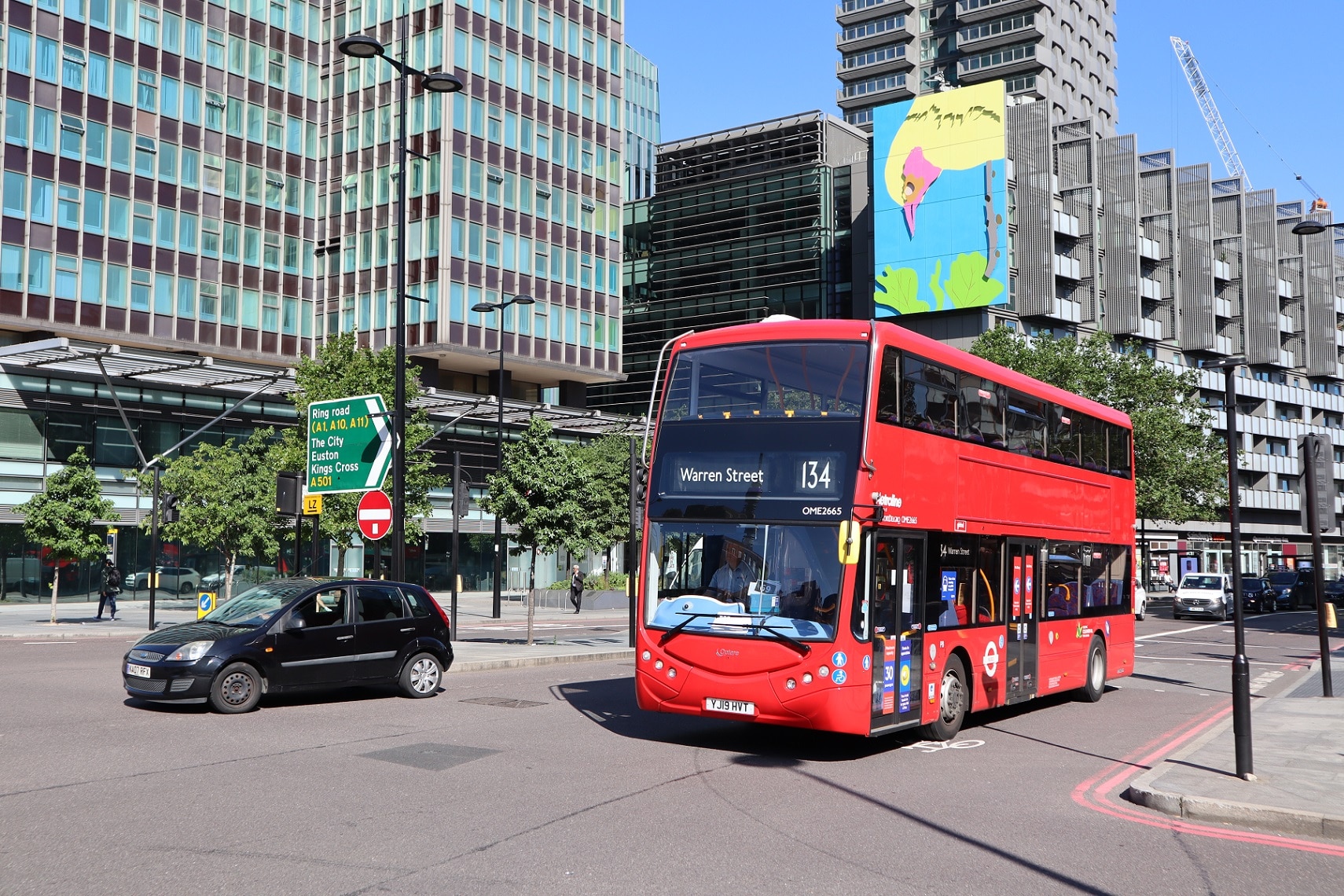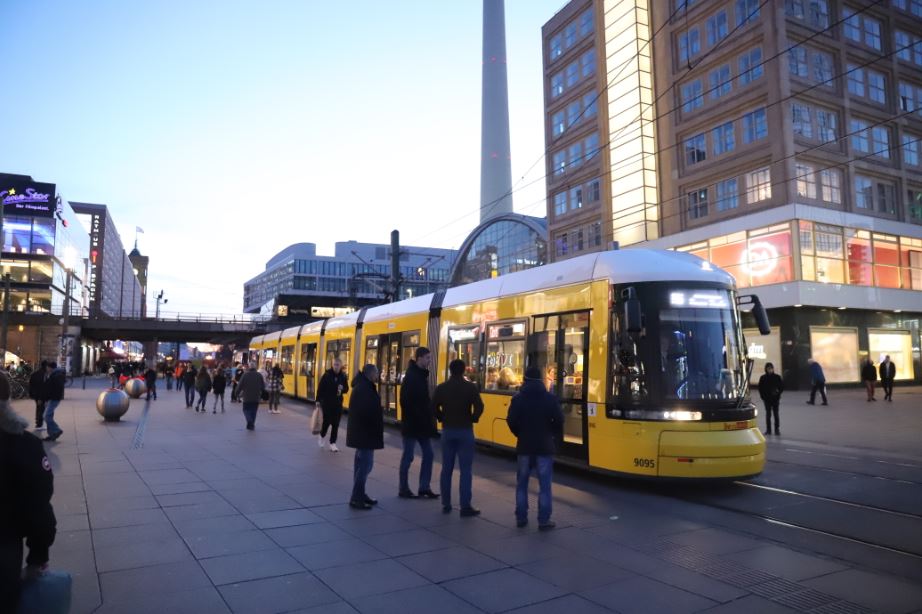The Role of Public Transportation in Reducing Traffic Congestion
Posted by Brad Jones on
Public transportation plays a crucial role in reducing traffic congestion in urban areas. By providing an alternative to driving, public transportation can help to reduce the number of cars on the road and improve the flow of traffic.
One of the main ways that public transportation reduces traffic congestion is by providing an alternative to driving. When people have the option of taking public transportation, they are less likely to drive their own cars, which can help to reduce the number of cars on the road. This is especially true during peak hours, when traffic is typically the heaviest. By reducing the number of cars on the road, public transportation can help to reduce congestion and improve the flow of traffic.

Another way that public transportation reduces traffic congestion is by providing a more efficient means of transportation. Because buses and trains can carry more people than cars, they can move more people with fewer vehicles. This means that public transportation can help to reduce the amount of space that is needed for vehicles on the road, which can help to reduce congestion.

Furthermore, public transportation can also help to reduce congestion by providing more direct routes than cars can take. Because buses and trains are often not subject to the same traffic rules as cars, they can take advantage of dedicated lanes and other special routes that can help them avoid congestion. This means that public transportation can often get people to their destinations faster than cars can, which can help to reduce overall congestion.

Overall, public transportation plays a crucial role in reducing traffic congestion in urban areas. By providing an alternative to driving and offering more efficient and direct routes, public transportation can help to reduce the number of cars on the road and improve the flow of traffic.
